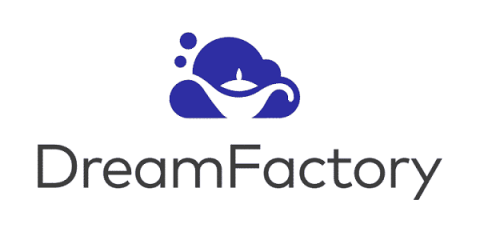Systems | Development | Analytics | API | Testing
Latest Posts
Operational Reporting: Why the Struggle Is Real
Ask any craftsman the secret to excellence, and you will likely hear that, in addition to skill, the craftsman needs the right tools for the project. The same can be said for finance teams as they work on operational reporting. The most skilled finance professionals still need the right tools to get the job done well.
Uncovering the future of the modern data stack
A modern data stack opens up new opportunities and frees people to focus on what they do best — no matter the team they work in.
What Is Pervasive Connectivity?
New Snowflake Features Released in February 2022
February brought a number of exciting enhancements, especially for customers building and running data pipelines in Snowflake, including support for Snowpark stored procedures and flexible task execution. Additionally, customers get improved impact analysis through support for object dependencies, and we continue to expand Snowflake’s global reach with the regional availability of UAE North (Dubai) on Azure. Read on for more!
The Ultimate Guide to E-commerce Integrations
Hyper-Personalization: A Key Enabler in the Digital Evolution of Banks
In recent times, customers are looking for a customized solution for their specific requirements and utilizing the digital features of banking as per their needs. Moreover, banks have realized the economic advantage of personalization which can bring in considerable cost reduction by providing diverse cutting-edge products with AI, ML, and big data capabilities. Banks are now trying to cater to customer personalization while meeting the larger organization goal.
How to Perform Load Testing with k6 using GitHub Actions
You can find a collection of k6 scripts and GitHub workflows referenced in this tutorial here. In this tutorial, we will look into how to integrate performance testing in your development process with GitHub Actions and k6. For a video tutorial 🎥 , check out the following tutorial on YouTube. k6 is an open-source load testing tool for testing the performance of APIs, microservices, and websites.
Which Modern Data Architecture Should You Choose?
How do you do REST integration | Step-by-Step Methodology
When you need two or more applications and services to exchange data between them on a regular basis, REST integration (or REST API integration) is one method that slowly but steadily gains status of the new and preferred standard. But as with any other project where you need to connect apps and web services via API, integrating REST requires good preparation and a solid methodology to avoid project delays, development overhead and too many errors. So, how do you do REST integration the right way?











